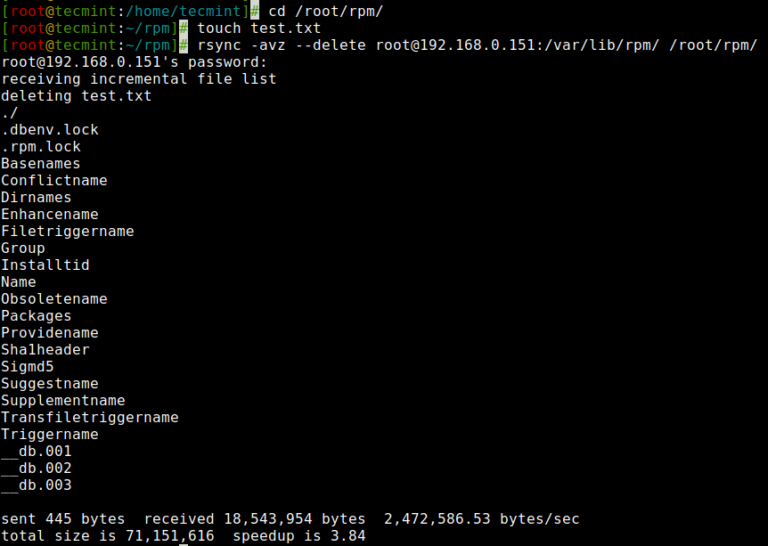

You can hook in rsync in most deployment work-flows, either as an enhancement or as a replacement.

There are multiple ways to deploy here on fortrabbit: with Git, with SFTP and/or SSH. But don't be afraid of the Terminal, it's easier than you might think. There are some other clones and desktop GUI clients around as well. For Windows 7 or even below you might use cwRsync which also requires Cygwin. # If installed, it will output the version number.įor Windows 10 we recommend to install the Linux subsystem (WSL). Run this command in the Terminal of your local machine: $ rsync -version Installing rsyncĬhances are that you already have it: rsync is built-in with Linux and macOS. Usually, like most deployment related tasks here, you will use rsync from your local machine, not on your fortrabbit App directly. rsync works on top of SSH, so it's also secure and extra convenient when using SSH key auth. Please mind that providing the falsy parameters or the wrong order can result in data loss. It's old but really good and it's up to 10 times faster than FTP as it uses compression and diffs to only transfer changes. It's a command line tool to synchronize files over the network. Rsync is a shorthand for remote synchronization.
Rsync file synchronization how to#
Let's change this! This article gives you some direction on how to use it in general and especially here on fortrabbit. Rsync is one of the best ways to deploy code fast and without hassle.


 0 kommentar(er)
0 kommentar(er)
